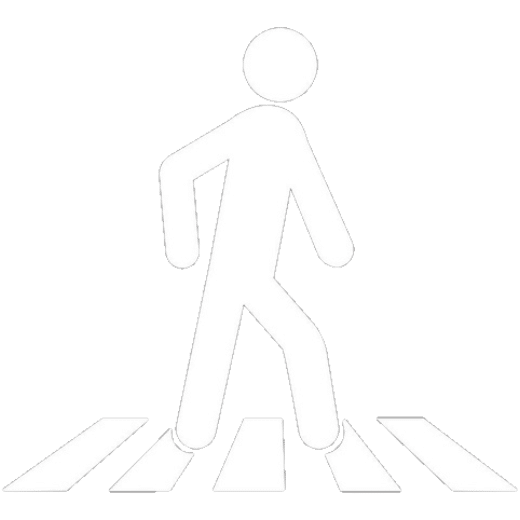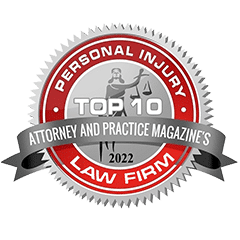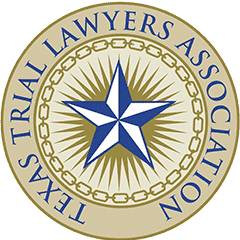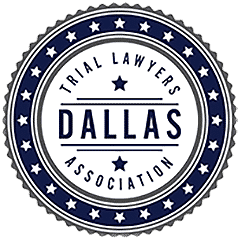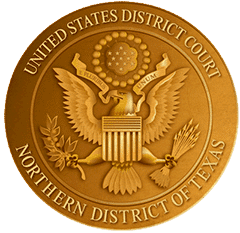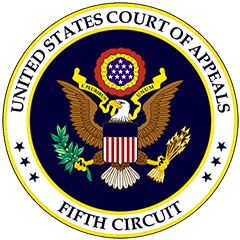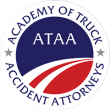When you drive on Texas roads, you’re not just navigating traffic; you’re sharing responsibilities with millions of fellow drivers. Accidents happen—sometimes through no fault of your own—and damage can quickly tally up. This is where Property Damage Liability (PDL) coverage steps in. Whether you’re new to Texas, confused about your auto insurance requirements, or simply trying to make sense of legal jargon, this guide is here to break it all down.
By the end of this post, you’ll understand what PDL is, who and what it covers, its legal requirements in Texas, and how to choose the best coverage for your needs. Knowledge is power, and in the case of PDL, it might just save you from financial disasters.
What Is Property Damage Liability (PDL)?
Property Damage Liability (PDL) is a type of automobile insurance coverage specifically designed to pay for repairs or replacement when you are responsible for causing damage to someone else’s property. Generally, this includes damage to another vehicle, but it can also cover a range of other properties, from fences to storefronts.
However, what property damage liability does NOT cover is damage to your own car. If you’re at fault in an accident, you’ll need your own collision coverage to repair your vehicle.
PDL is not optional for drivers in Texas. It’s a required part of the minimum state liability insurance, meaning you must have it to legally drive.
Understanding the Legal Framework for PDL in Texas
Every state sets its own rules regarding auto insurance requirements, and Texas is no exception. Here’s how PDL fits into the Lone Star State’s regulations.
What Does Texas Law Say About PDL?
Texas mandates that all drivers meet its 30/60/25 liability coverage rule. The “25” in this equation refers to property damage liability. Specifically, Texas drivers must carry at least $25,000 in PDL coverage. This ensures you can compensate others for property damage caused in an accident that you’re deemed responsible for.
Failing to meet this requirement can lead to hefty penalties, including fines, license suspension, and having your vehicle impounded. Additionally, being caught without insurance can make you personally liable for all damages caused in an accident, leaving you at financial risk.
Enforcement of PDL Compliance
Texas law enforcement can verify your insurance status during traffic stops, vehicle registration, and after an accident. Carrying valid proof of insurance in your vehicle at all times is essential. Policies like TexasSure—an electronic insurance verification system—help the state ensure drivers meet minimum coverage laws.
Who is Covered Under PDL Policies?
Property Damage Liability doesn’t just cover you, the policyholder; it may extend to others in certain situations. Depending on your insurance plan, PDL might also cover designated drivers operating your car, provided they have your permission.
For example, if your sibling borrows your car and accidentally crashes into a neighbor’s mailbox, your PDL coverage could kick in. However, it’s important to read your policy carefully, as restrictions for “unauthorized drivers” or specific individuals may apply.
What’s Covered by PDL?
Here’s what property damage liability typically includes:
- Vehicle Repairs: Covers the cost to fix the other driver’s car.
- Property Repairs: Pays for damages to non-vehicular property, such as fences, buildings, mailboxes, or street signs.
- Replacement Costs: Should the damage render the other party’s property beyond repair, PDL can help cover its replacement.
Remember, the $25,000 minimum required by Texas law may not cover extensive damages. High-value vehicles or major property damage often exceed these limits, leaving you responsible for the balance.
Why is PDL Crucial for Texas Drivers?
Picture this scenario: You’re leaving your local grocery store parking lot, distracted for a split second, and hit an expensive SUV. Without PDL, you’re personally responsible for all repair costs, possibly as high as tens of thousands of dollars.
Protecting Your Finances
The biggest reason PDL matters? It shields your savings and income from lawsuits and hefty out-of-pocket expenses. With adequate coverage, your insurer takes on these responsibilities.
Peace of Mind on the Roads
Accidents are stressful enough without the added worry of being unable to pay for damages. PDL ensures you meet your obligations, allowing everyone involved to move forward without unnecessary complications.
Common Misconceptions About PDL
There’s a fair share of myths surrounding Property Damage Liability. Here are some common misunderstandings—and the facts to clear them up.
- “PDL Covers My Car Too.”
PDL only applies to other parties’ property. To cover your car, you’ll need collision or comprehensive insurance.
- “The Minimum Coverage is Always Sufficient.”
Texas’ $25,000 minimum often falls short in serious accidents. A luxury car’s repair costs or damage to multiple vehicles can easily exceed this cap.
- “If Someone Borrows My Car, It’s Their Problem.”
Not exactly. The rule is “insurance follows the car,” not the driver. If someone you allowed to drive your car causes damage, it’s your insurance that’s liable.
Navigating PDL Claims in Texas
Here’s how to handle PDL claims smoothly.
- Document the Accident Scene: Gather as much information as possible, including photos, witness contact details, and the other driver’s insurance information.
- Contact Your Insurance Provider: Notify your insurer of the incident and provide all necessary documentation.
- Work with Adjusters: Your insurance company will assign an adjuster to assess the damage and determine liability.
- Follow Up: Stay in touch with your insurer and ensure all documents are in order to speed up the claim resolution process.
Tips for Choosing the Right PDL Coverage
While Texas law requires $25,000 in PDL coverage, many drivers opt for higher limits to minimize personal financial risks. Consider these tips for selecting your policy:
- Assess Your Risk Exposure: If you frequently drive in high-traffic areas, it may be wise to increase your limits.
- Bundle for Savings: Many insurers offer discounts if you combine PDL with other policies like collision or comprehensive coverage.
- Consult an Expert: Insurance agents can help you tailor a policy that meets your needs without unnecessary extras.
Future Trends in PDL and Insurance in Texas
The insurance industry is evolving rapidly, with new technologies and trends reshaping the landscape. For Texas drivers, here are some points to consider as PDL adapts:
- Telematics: Many insurers are leveraging apps and devices to monitor driver performance, offering discounts for safe driving.
- Broader AI Integration: Artificial intelligence is streamlining claims processes and helping insurers detect fraud.
- Climate Concerns: Increased natural disasters may prompt insurance companies to adjust property damage policies to account for greater risks.
Staying Protected with Proper Coverage
Whether you’re an experienced Texas driver or just moved here, understanding Property Damage Liability is essential. With the right coverage, you can drive with confidence, knowing you’re financially protected from the unexpected.
Take the time to review your policy limits and assess your unique driving needs. If you’re unsure where to start, consult with an agent to customize your coverage. When it comes to PDL, the peace of mind it offers is priceless—and so is staying on the right side of Texas law.











